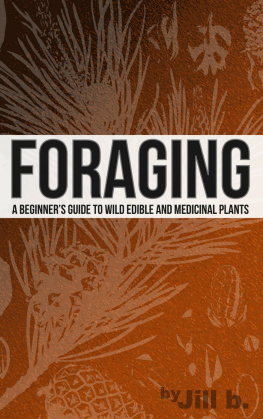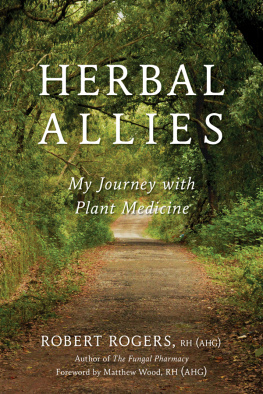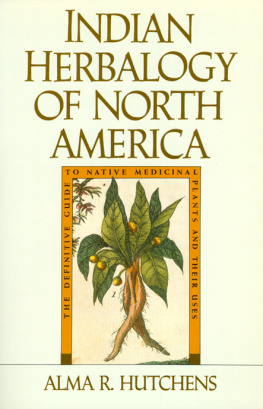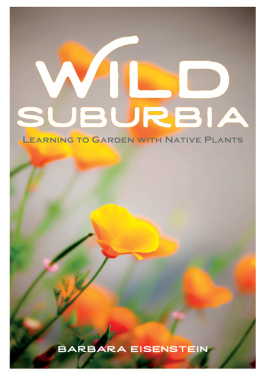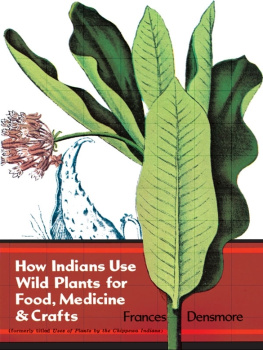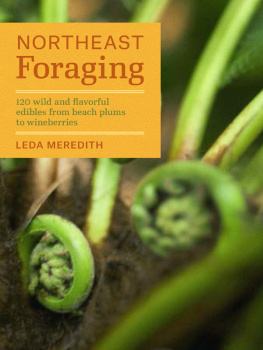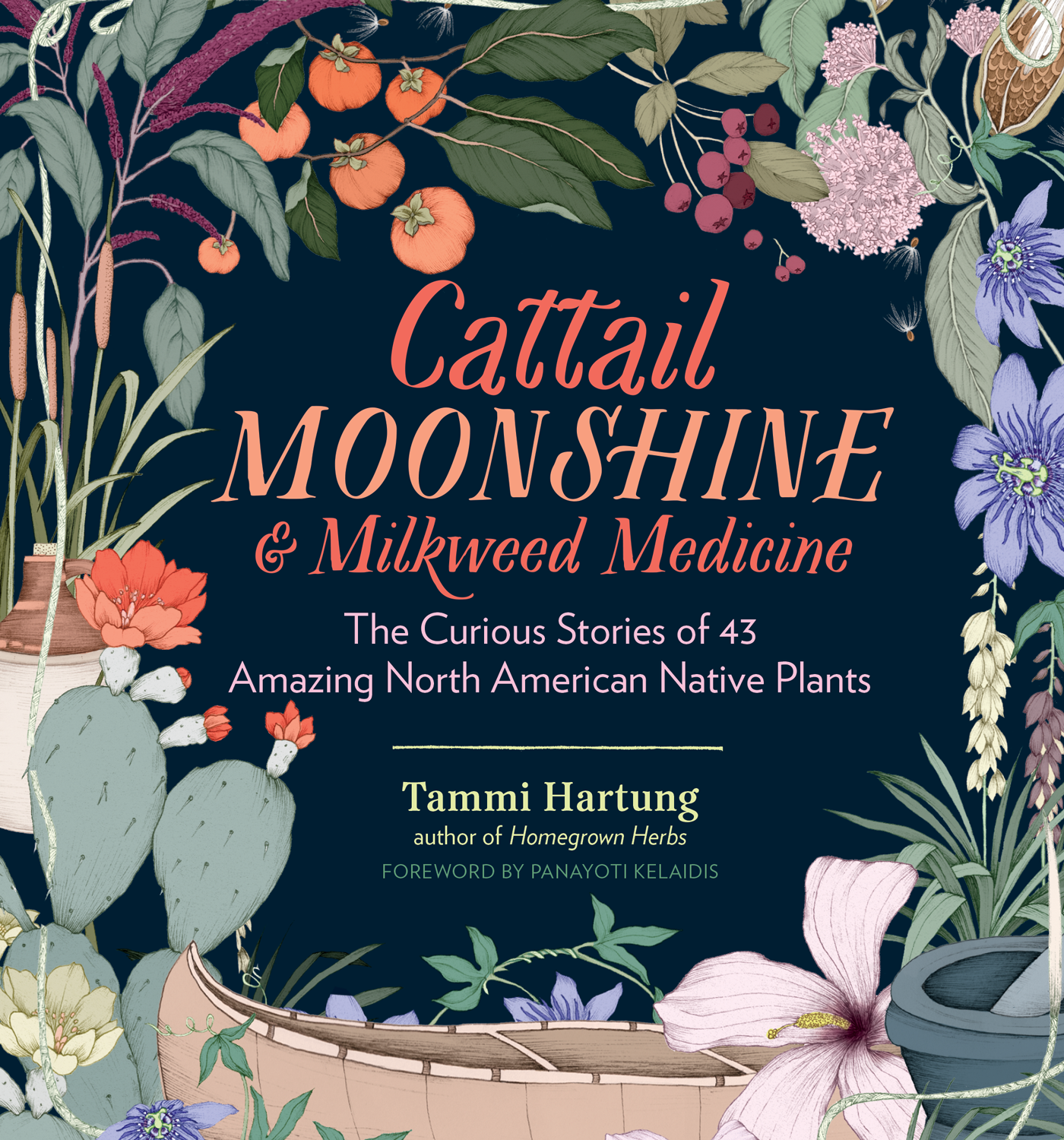Acknowledgments
Im in gratitude to all the plants that have found their way into my life through the years, helping me to live a lifestyle that feels comfortable and right. They have been my teachers and my friends. They have fed and clothed me, healed me, helped me care for my home and family, brought music and beauty into my life. They have shared their gifts with me without restraint.
I wish to thank all the amazing people who have offered their own experiences with plants through their stories. The time they gave me to share how plants are part of their lives was inspiring and left me smiling after each interview was completed.
Carleen, my editor at Storey, has once again helped me on this writing journey. I cannot possibly find enough ways to thank her for her gentle and direct expertise and guidance. Everyone at Storey has helped in so many ways, always making me feel welcome with my inquiries, and giving me the feeling that Im part of their circle a bit like family.
My own family Chris, Mlissa, and Lizz have loved and supported me through the process of writing this book. I have so many family members and a huge community of friends who have given me helping hands to make sure I accomplished this task. My love and thanks to each of them.
For Chris
Contents
FOREWORD
For most of us, herbs are condiments you sprinkle on a casserole or dish you are preparing. Enthusiasts may grow a patch out in the garden, knowing how much better these taste fresh (especially compared to those little cylinders that can sit for quiet decades on our shelves in a state of suspended vegetation). The more you dip into the world of herbs, however, the more you realize that there is nothing, and I mean nothing, in the history of humankind that isnt profoundly intertwined with these humble-seeming plants. The bulk of our best-known culinary herbs oregano, rosemary, sage, and thyme are nothing more than the aromatic wildflowers of the Mediterranean coasts, a testament to the lasting power of the Roman Empire. Many originate in the Tropics; pepper comes from the Malabar Coast, nutmeg and cinnamon from the Spice Islands. The history of their discovery and use is the very driving force of world trade and exploration of the last millennium.
Europeans have colonized and occupied the Americas for more than half a millennium, but the native plants of our purported homeland and their many uses are still unfamiliar to most of us. I have spent a half-century studying plants and horticulture, yet I was still surprised by what I learned from reading Cattail Moonshine & Milkweed Medicine. For example, I generally regarded alders as rather nondescript, useless trees. I was amazed to discover that the humble alders bark has so many uses, that the tree increases soil fertility, and that it yields such fine wood for building. One can make a delicious jelly from hawthorn fruit who knew? And now I know which elderberries are edible and which are poisonous. I am sure that you, too, will find and savor hundreds of such tidbits throughout the book.
However, what came to me even more powerfully as I read was just how rich and vast our cultural connections are with our native flora, the plants we find in our very own backyard. As a person of Greek ancestry, I can hardly deny the value of traditional, native Mediterranean herbs and wildflowers. But reading this book made me realize how deeply ethnocentric I have been in this realm. Despite being born and raised in the United States, and even after decades of studying its native flora, I have never really delved into the history of how our human culture overlaps with our native plants. The First Peoples on the North American continent, however, have spent millennia exploring the practical uses of plants, and many of their discoveries are celebrated in this book. It is a bitter pill to swallow when you realize that, when it comes to the uses of our native plants, most of us are strangers in our own land. Cattail Moonshine & Milkweed Medicine is a tonic that we all need to take in steady doses to remedy this state of affairs!
Tammi Hartung is uniquely suited to write such a book. Unlike so many authors who stitch together gardening books from hearsay and other books, she has walked the talk. The wonderful edifice she has constructed with words and pictures in this book is built on a solid foundation of love and knowledge. She and her husband, Chris, have grown countless plants in their greenhouses, in nursery rows, and in their many gardens. Their love of the green world applies to every kind of plant trees, herbaceous perennials, annuals, and herbs. I delight in visiting Desert Canyon Farm, their wonderful home and gardens in this scenic and still pastoral corner of Colorado, perched on a hill that commands a majestic view of this special spot along the Arkansas River. I have spent hours walking the fields of wildflowers and admiring the various plots and gardens, which feature an enormous range of ornamental and useful plants. Ive brought many a visitor, and even busloads of members of the Denver Botanic Gardens, on formal tours to study and learn from Tammi and Chriss nursery.
So venture forth through this irresistible volume, knowing that youre exploring territory Tammi has combed thoroughly, for decades. It is the rich history of the untrammeled, magical flora of North America! Take her hand and realize that this land has a vast store of plants that offer up not only fabulous flowers to decorate national parks, mountains, deserts, prairies, and rich forests, but also plants that have nourished, sheltered, and healed generations of Native Americans. Once you have read the many stories contained in this volume, you, too, will view our rich landscape with fresh eyes and deeper appreciation.
Panayoti Kelaidis
Preface
If there were no plants, we would not be here.
We breathe in what they breathe out.
That is how we learn from them.
Keetoowah, Cherokee teacher
I use plants in every part of my life. Of course I eat them daily, as we all do, but I also fill my medicine cabinet with herbal remedies and surround myself with household goods like baskets woven from dozens of different plants. I wear clothing made only from natural fibers such as cotton or linen. I use products made from plants like lavender and peppermint to clean my house, and we heat our home by burning wood from local trees. I have created my whole lifestyle around using plants.
As a young woman, I realized I wanted a professional career as an herbalist and an organic grower. Its now been more than 37 years since I began to pursue the goal of earning my living with plants. As an herbalist, I teach about plants, Im a clinician of medicinal herbs, and Im an author sharing what I know about plants with others who hold this interest. I have managed an extract laboratory and worked as an herbal products formulator for companies around the world. When I was 18 years old, I planted my first herb garden, which led me in a roundabout way to a job as a plant propagator in a large nursery in Denver. For the past 21 years, my husband and I have owned a certified organic farm in southern Colorado, where we raise about five hundred varieties of herbs and heritage food plants, along with perennial seed crops, many of which are native plants to North America.



